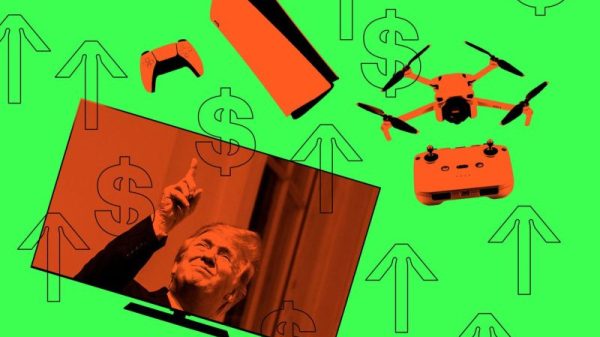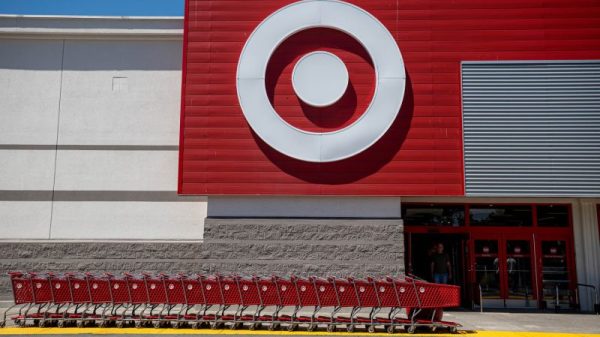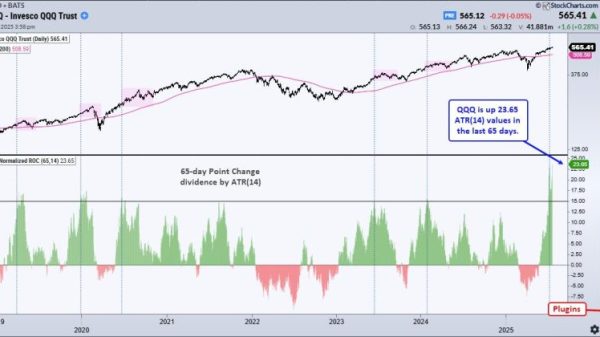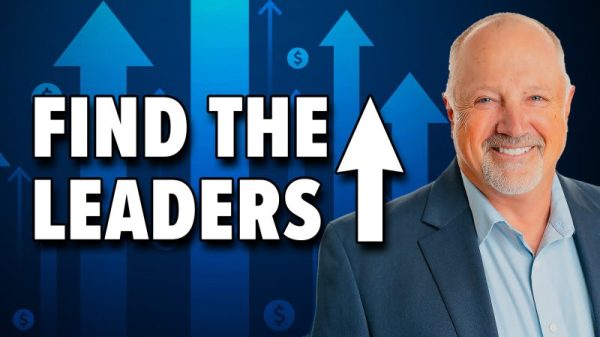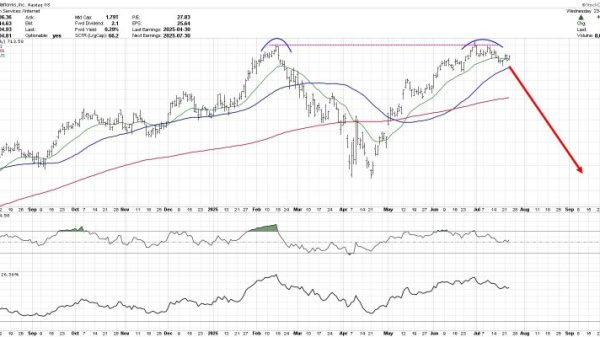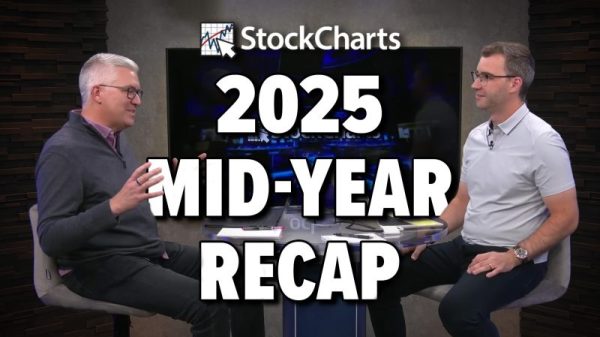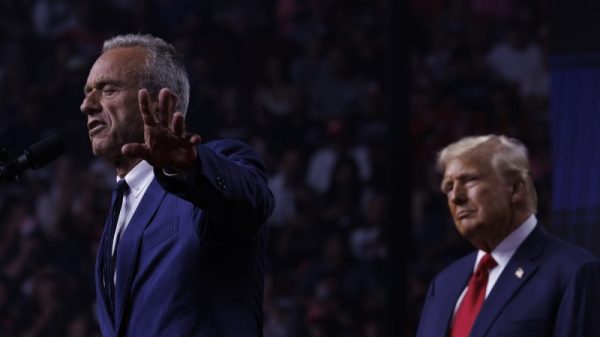To hear the presidential candidates tell it, their administrations would be an unalloyed, historic boon for people like you and a drag — if not a nightmare! — for people you hate.
This is obviously a difficult presentation to maintain in front of different constituent groups. Former president Donald Trump can assure his base that he will make life a drag for liberals and immigrants, but liberals and naturalized citizens might not find that particularly appealing. Likewise with Vice President Kamala Harris’s promises to increase taxes on America’s most wealthy; Mark Cuban aside, they aren’t going to love to hear that.
Of course, people are pretty sharp, recognizing these appeals as the rhetoric they are. Americans have a pretty good sense of who would benefit from each candidate’s election, a refined estimation that was captured in recent polling from Pew Research Center.
Respondents were asked whether different population groups would find themselves in a better or worse position depending on whether Harris or Trump won in November. Sometimes, the respondents to the poll indicated that there wouldn’t be much effect at all. But other times, they thought there would.
If we look at the responses on net — the percentage of each group saying, in effect, that a candidate’s policies would be good for the population group minus the percentage saying the policies would be bad for that group — we can get a sense of how Americans differentiate between Trump’s and Harris’s policies. Americans were much more likely to say Trump’s policies would make things better for wealthy people, White people and men, for example, than to say his policies would make things worse for those groups. Harris’s policies, on the other hand, were viewed as being better on net for women in particular (and other groups to a lesser extent).
What’s particularly interesting is the way in which these views are visible even when Pew delineated the expectations of the candidates’ supporters.
Harris supporters, for example, were more likely to say her policies would be bad for rich people than good. (That’s the solid blue circle on the chart below.) On net, Trump supporters thought his policies would aid the rich (solid red square). Harris supporters overwhelmingly indicated that Trump’s policies would be a benefit to the rich (outlined red square). But, agreeing with Harris supporters, Trump supporters were more likely to say her policies would be bad for the rich (outlined blue circle).
Generally, supporters of the candidates said their candidate would be good for population groups, and the other candidate would be bad. The exceptions, including views of the wealthy, are revealing.
Like that Trump supporters are significantly less likely to say he’d be a benefit to women than Harris supporters are to say about her. Or that Harris supporters don’t overwhelmingly say Trump would be bad for White people or for men.
Most of this is driven less by specific policy proposals than perceptions of who the candidates’ pitches are oriented toward — and who they aren’t. It is a reflection not of the candidates but of perceptions of the candidates, perceptions that are often rooted in who is already supporting Trump or Harris.
That said, the dichotomy that’s presented is interesting: good for women (which half of Americans think Harris’s policies would be) vs. good for the rich (which two-thirds of Americans think Trump’s would be). Particularly since polling continues to suggest a very tight race, despite how many more women there are in America than rich people.


